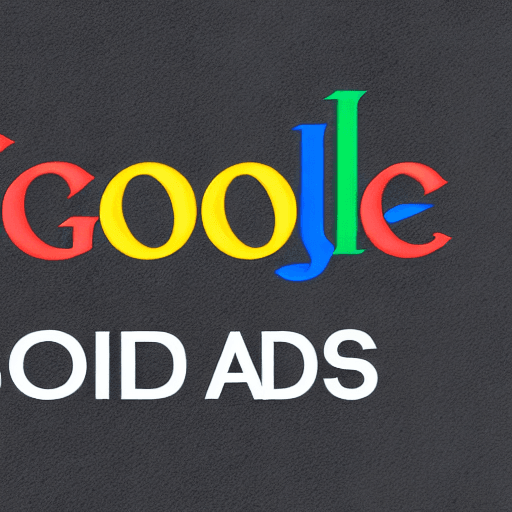

Google Ads remains one of the most powerful advertising platforms available. However, simply launching a campaign and hoping for the best rarely yields the desired results. Achieving a high return on investment (ROI) requires a strategic and ongoing approach to optimization. This comprehensive guide will walk you through the key steps involved in transforming your Google Ads campaigns from cost centers into revenue generators. We’ll delve into everything from initial setup to continuous monitoring and refinement, providing you with the knowledge and tools to maximize your advertising spend.
Before diving into specific optimization techniques, it’s crucial to understand what ROI means in the context of Google Ads. ROI isn’t just about the total amount you spend. It’s about the profit you generate for every dollar you invest. A campaign might bring in $100 in revenue while costing $50 to run. That’s a 100% ROI. However, a campaign that generates $500 in revenue while costing $200 is a significantly better ROI. Calculating ROI accurately is the foundation of effective Google Ads management.
The formula for calculating ROI is: ((Revenue Generated – Cost of Campaign) / Cost of Campaign) * 100. Tracking this metric consistently allows you to identify winning and losing campaigns, and to allocate your budget accordingly.
Keyword research is arguably the most important step in any Google Ads campaign. Without it, you’re essentially shooting in the dark. It’s the process of identifying the terms your target audience is using when searching for products or services like yours. Google Ads uses these keywords to match your ads to relevant searches. Poor keyword selection leads to wasted ad spend and low conversion rates.
Types of Keywords:
Tools for Keyword Research:
Your ad copy is what initially grabs the attention of potential customers. It needs to be compelling, relevant, and clearly communicate the value proposition of your product or service. Poorly written ad copy will result in low click-through rates (CTR).
Key Elements of Effective Ad Copy:
Best Practices for Ad Copy:
Bidding determines how much you pay for each click on your ad. Choosing the right bidding strategy is crucial for controlling your costs and maximizing your ROI. Google Ads offers several bidding strategies, each with its own advantages and disadvantages.
Common Bidding Strategies:
Factors to Consider When Choosing a Bidding Strategy:
A well-organized campaign structure is essential for effective management. It allows you to target specific audiences and track performance accurately.
Recommended Campaign Structure:
Example Campaign Structure:
Campaign: Men’s Running Shoes
Ad Group 1: Trail Running Shoes
Keywords: trail running shoes, hiking shoes, off-road shoes
Ad Group 2: Road Running Shoes
Keywords: road running shoes, marathon shoes, racing flats
Ads: Each ad group would contain multiple ads tailored to the specific keywords and target audience.
Tracking and analyzing your campaign performance is crucial for identifying areas for improvement. Google Ads provides a wealth of data and reporting tools.
Key Metrics to Track:
Using Google Analytics: Integrate Google Analytics with your Google Ads account to track website traffic and conversions from your campaigns.
Campaign optimization is an ongoing process. Continuously monitor your performance and make adjustments to improve your results.
Common Optimization Techniques:
Remember that there is no one-size-fits-all approach to Google Ads. Experiment, track your results, and continuously optimize your campaigns to achieve your goals.
This comprehensive guide provides a solid foundation for managing your Google Ads campaigns. Good luck!
Do you want me to elaborate on any specific section, or perhaps create a specific campaign structure for a particular business?
Tags: Google Ads, Google Ads Optimization, ROI, Return on Investment, Keyword Research, Ad Copy, Bidding Strategies, Campaign Management, PPC Advertising
0 Comments